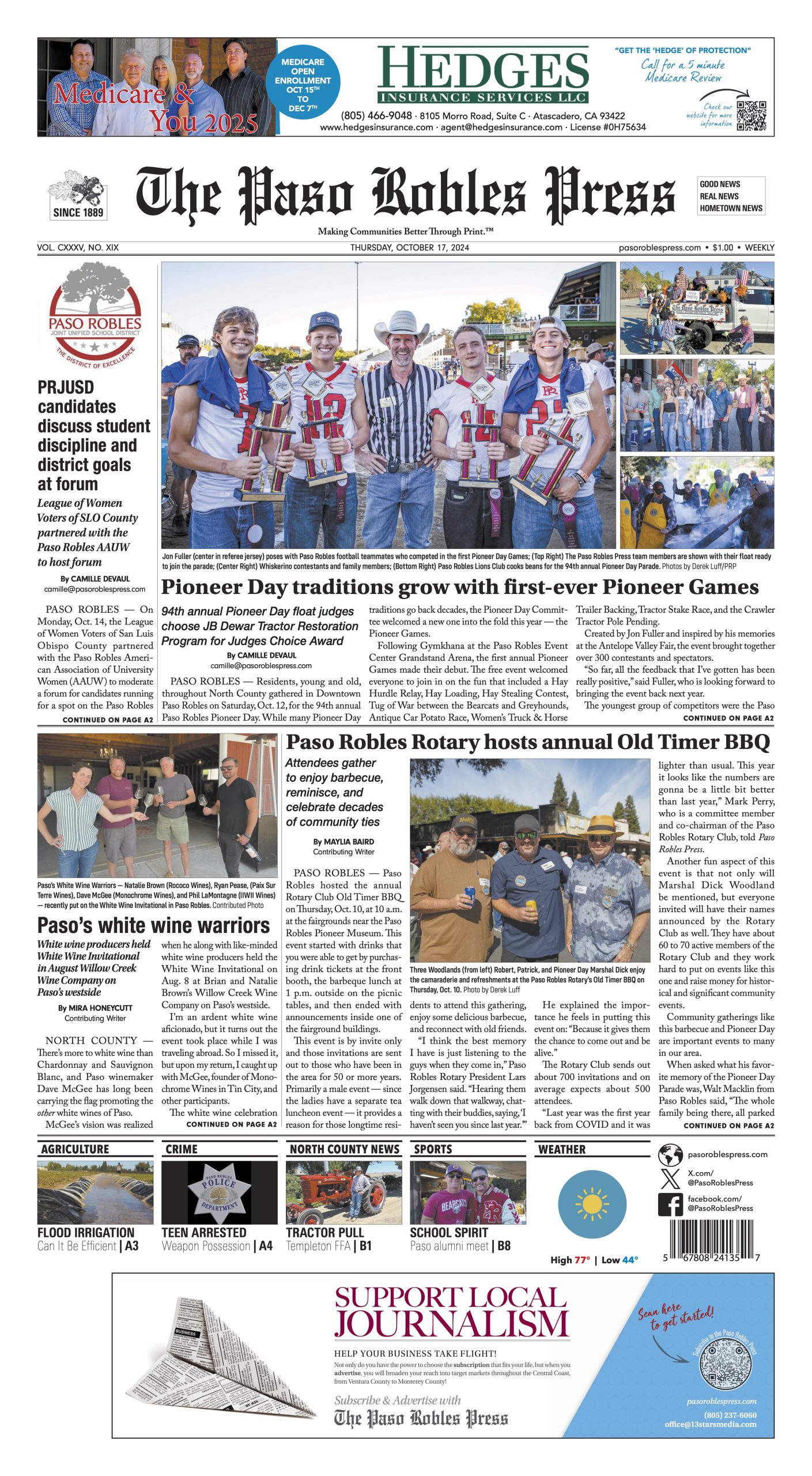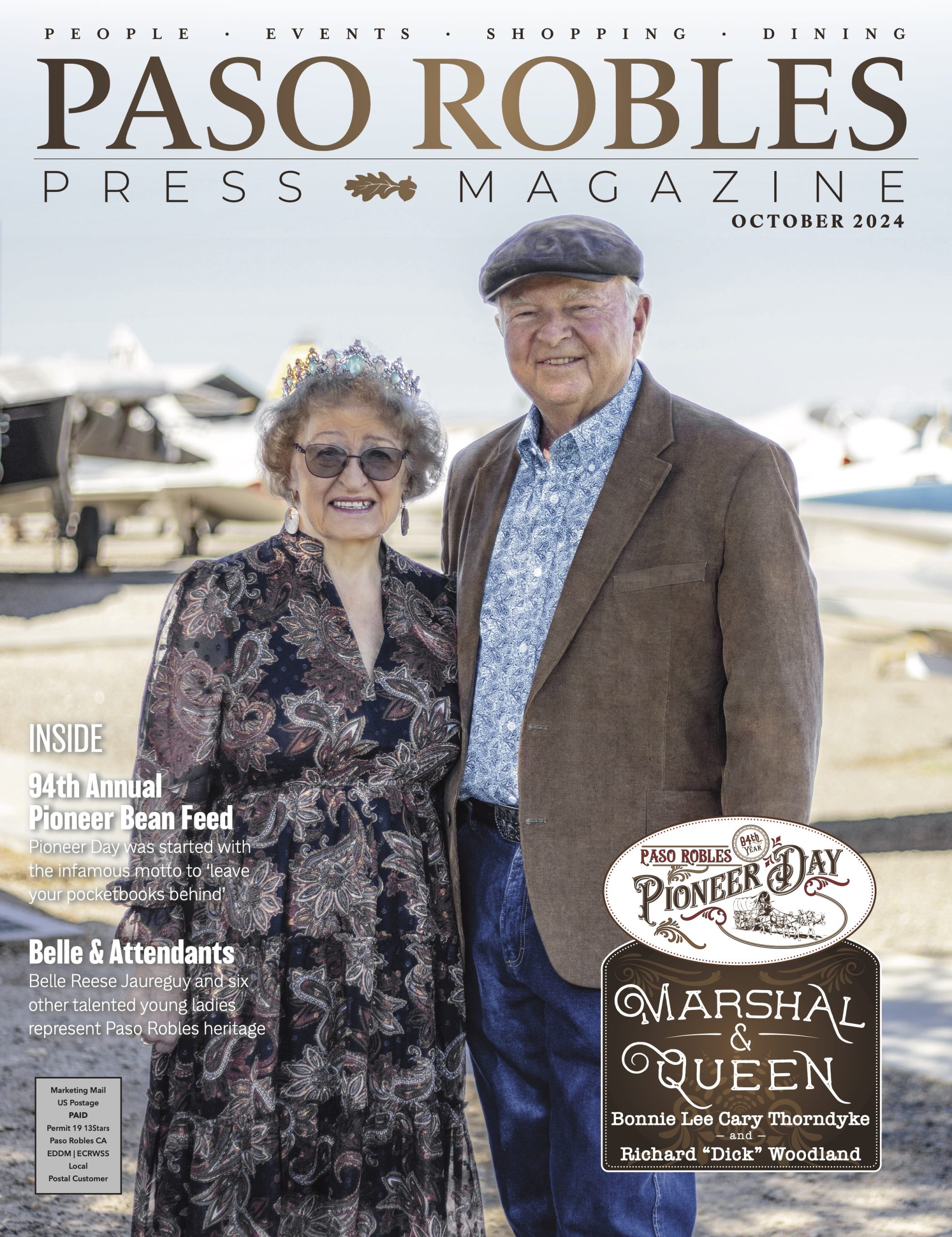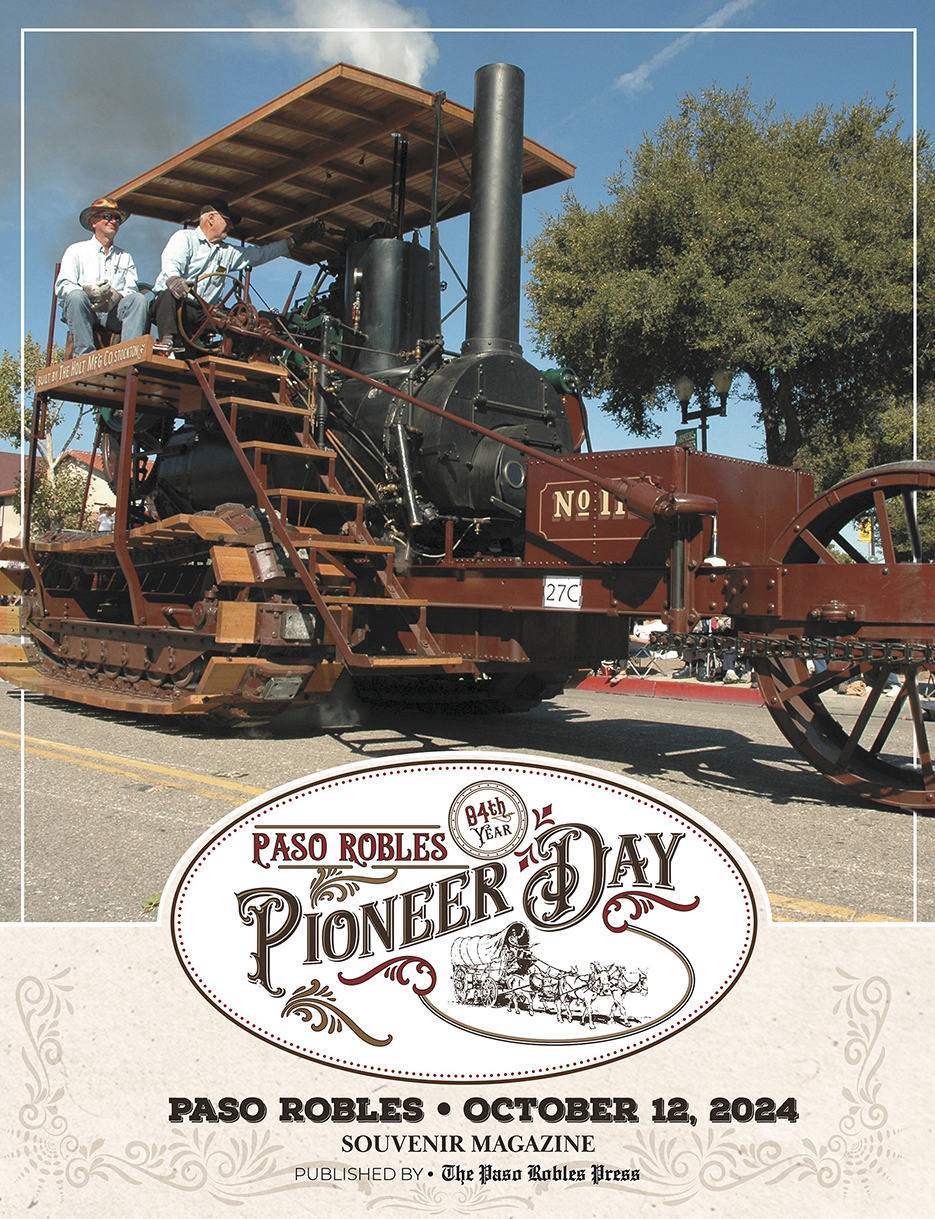THE 8TH TRANSPORTATION CORPS VISITS ESTRELLA WARBIRDS MUSEUM
In mid-September, Estrella Warbirds Museum hosted an annual reunion of Vietnam War veterans who were assigned to United States Army 8th Transportation Group. In its fifteenth year, over 75 vets and their wives from throughout the United States gathered to meet on the Central Coast. A commemorative convoy to Paso Robles preceded the group’s visit to the museum from Morro Bay.

Photo by Rick Evans
A replica of the Estrella Warbirds Museum’s own gun truck, emblazoned with the “Snoopy” moniker. The original truck was used by the 8th Transportation Group.
On display was a replica of the museum’s own gun truck, emblazoned with the “Snoopy” moniker. The original truck was used by the 8th Transportation Group, and is one of many themed 2.5-ton trucks, which transported essential fuel and supplies of every kind during the Vietnam War.
The veterans and their families have developed a camaraderie in traveling annually to reunite at various locations throughout the United States. Often perceived as part of a logistical chain to the Army, the 8th Transportation Corps proved itself a fierce, fearless and resourceful band of brothers who both sacrificed and survived often overwhelming odds to provide invaluable supply support to U.S. troops and our allies during the Vietnam War.
The 8th Transportation Corps was assigned to Qui Nhon, a coastal port facility near the South China Sea in Central Vietnam. The “deuce and a half” or sometimes 5-ton vehicles were used to perform line haul transport operations from Qui Nhon. They traveled on Highway 19 to make the 110-mile trek northwest to the Central Highlands of Pleiku.
The return to the coast, however, was a painstaking and painfully slow journey in which 2.5-ton trucks inched their way northeast into more varied and grueling terrain. For soldiers new and seasoned alike, it was a daunting task.
The 8th Transportation Corps has been described as having “braved every horror and misfortune of war and weather.” And brave they were, for these were not fortified vehicles of modern-day fighting. One such moment awaited soldiers in a three-mile stretch of road below at Devil’s Hairpin just before reaching An Khê that would become known as “Ambush Alley.”
Plodding heavy equipment needed trucks outfitted with armaments. Initially, gun pedestals were mounted on wood and weighted with sandbags, but constant jostling across bumpy roads proved unstable. More sandbags, metal platforms and scraps of metal or whatever their drivers could find were used to fabricate their trucks for protection. Mine placements and sniper attacks by a very determined enemy were of a daily concern.
The scramble to somehow fortify a very visible target that moved an average of 4 mph seemed improbable, if not impossible. Ambushes were all-too-frequent as enemy troops dragged boards across roads attached with claymores to time their detonations and recoilless rifles were used to target them. Roadside gauntlets numbering anywhere from 60-80 soldiers were poised atop hillside mounds and would open fire upon American convoy as they passed. Enemy forces even jumped up onto truck running boards to shoot directly inside of the cabs.
“I was shot down twice,” said Jesse Gonzalez, who served as a truck driver and helicopter gunner in the 2nd Transportation Company in 1968-1969. “I provided convoy coverage with the 2nd Transportation Company in 1966-67 and again in 1969-70.” Gonzalez is a Purple Heart recipient.
Birgit Gonzalez attends the annual reunions with her husband, Jesse.
“For 40 years, Jesse didn’t talk about the war,” said Birgit, concern filling her eyes. “It was not until the past few years, when he began going to these reunions, that he began speaking about it. Now he can talk to me about it — and to anyone.”











